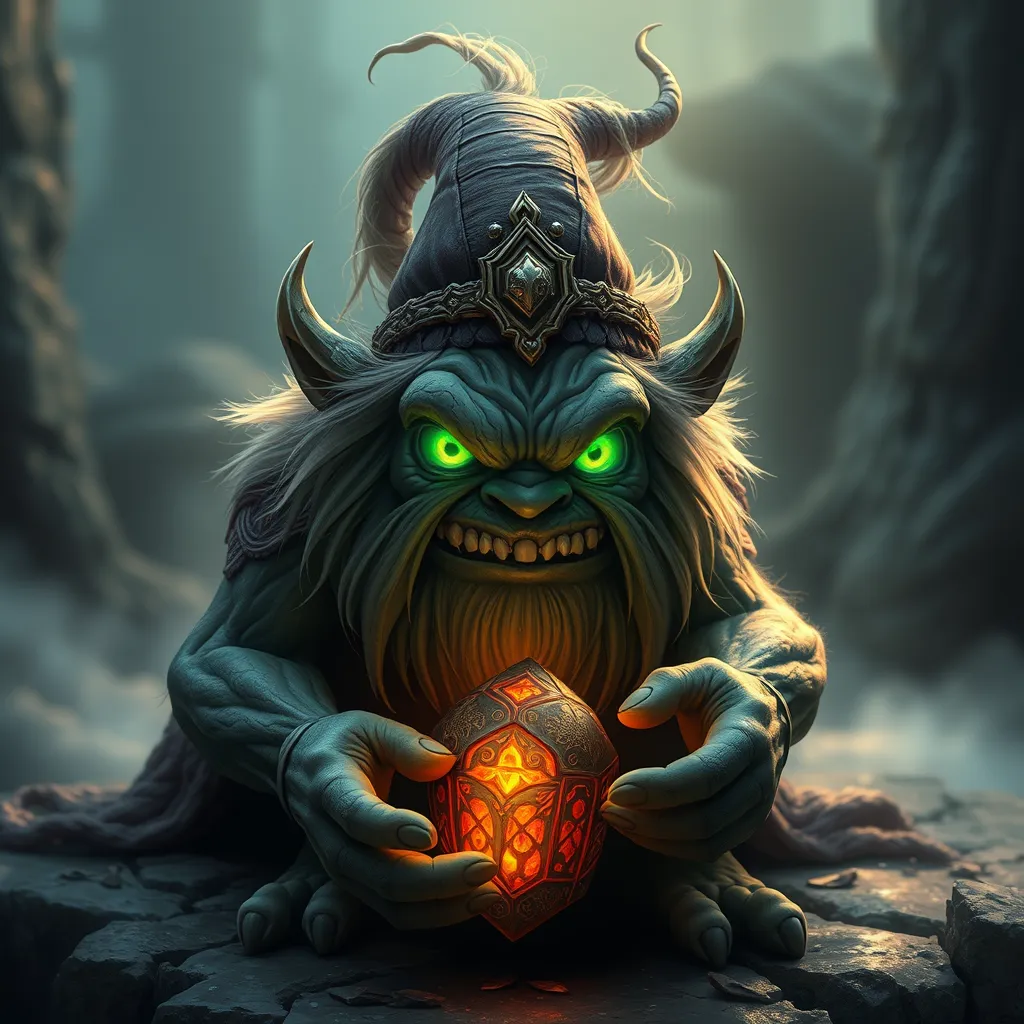The Selkie and the Human: Exploring the Dynamics of Inter-Species Relationships
I. Introduction
Selkies are mythical creatures from folklore, primarily rooted in Celtic traditions, known for their ability to transform from seals into humans by shedding their sealskin. These enchanting beings inhabit the coastal waters of the North Atlantic and have captured the imagination of many through their stories. Inter-species relationships in mythology often reflect deeper themes of longing, loss, and the connection between humans and nature.
This article aims to explore the dynamics between Selkies and humans, delving into their rich mythology, the nature of Selkies, human perspectives on these beings, and the contemporary relevance of their stories.
II. The Mythology of Selkies
The mythology of Selkies is steeped in historical context and cultural significance, particularly within Celtic folklore. Originating mainly from Scotland, Ireland, and Iceland, these stories often depict Selkies as symbols of the wild and untamed aspects of nature.
Common narratives across various regions include:
- The Selkie Bride: A tale where a fisherman captures a Selkie’s skin, forcing her to marry him, but she ultimately yearns to return to the sea.
- The Lost Love: Stories of human lovers who are left heartbroken when their Selkie partner returns to the ocean.
- The Warning: Accounts where Selkies serve as omens or warnings of impending danger, particularly related to the sea.
These stories often convey the duality of nature—its beauty and peril—symbolizing the intricate relationship between humanity and the natural world.
III. The Nature of Selkies
Selkies are described as stunningly beautiful creatures, often depicted with long flowing hair and shimmering skin. Their abilities to transform between seal and human form highlight their dual existence. When in the water, they are agile and graceful; on land, they may embody a deep sense of melancholy or longing.
The transformative myth surrounding Selkies involves the act of shedding and donning their sealskin. This process is not merely physical but also represents a deeper emotional and psychological transition:
- Shedding Sealskin: This act symbolizes the abandonment of their true nature and home in the ocean.
- Donning Sealskin: This represents a return to their authentic selves, highlighting the struggle between two worlds.
IV. Human Perspectives on Selkies
Humans have long been fascinated by Selkies, as evidenced in literature and art. These stories evoke profound emotional responses, exploring themes of love, loss, and longing. The encounter with a Selkie often brings forth psychological implications for the human character, who may grapple with feelings of desire and the fear of loss.
The role of longing in human-Selkie relationships serves as a poignant reminder of the complexities of love. Humans may yearn for the Selkie’s otherworldly beauty and freedom, while Selkies often feel trapped by their human relationships, leading to a cycle of desire and heartache.
V. Dynamics of Interaction Between Selkies and Humans
The narratives surrounding Selkies and humans are rich with themes of love, loss, and longing. These stories often reveal the power dynamics at play, particularly regarding consent and autonomy in inter-species relationships. For example:
- Consent: Many tales depict the struggles of Selkies who are forced into relationships against their will, raising ethical questions about autonomy.
- Power Dynamics: The imbalance created by a human’s desire for a Selkie often leads to conflict and tragedy.
Cultural perceptions greatly influence these relationships, as societal norms dictate the acceptability of love across species. In some versions of the tales, humans are portrayed as benevolent, while in others, they are depicted as selfish or oppressive.
VI. Contemporary Interpretations of Selkie-Human Relationships
In modern retellings, Selkie mythology continues to resonate, appearing in films, literature, and art. These interpretations often delve into contemporary themes such as identity and belonging. For instance:
- Film Adaptations: Movies like “Song of the Sea” provide a visual representation of Selkie stories, emphasizing emotional depth and cultural connections.
- Literary Works: Authors explore the complexities of Selkie relationships, often infusing feminist or ecological perspectives into their narratives.
By analyzing Selkie stories through these lenses, we can uncover deeper meanings about the human experience and our relationship with nature.
VII. Lessons from Selkie Stories
Selkie stories offer valuable reflections on human relationships and societal norms. They remind us of the importance of empathy and understanding in all connections, whether human or inter-species. Through the lens of Selkie mythology, we gain insights into the human condition:
- Empathy: The need to recognize and respect boundaries in relationships.
- Understanding: The complexities of love and the consequences of desire.
- Nature’s Voice: A reminder of the importance of preserving and respecting the natural world.
VIII. Conclusion
In summary, the dynamics between Selkies and humans reveal profound truths about love, longing, and the complexities of relationships. The enduring appeal of Selkie stories in contemporary culture highlights our fascination with the unknown and the wild aspects of nature.
As we explore these narratives, let us appreciate the complexities of inter-species relationships and the lessons they impart, encouraging a deeper understanding of our connections with both nature and each other.




